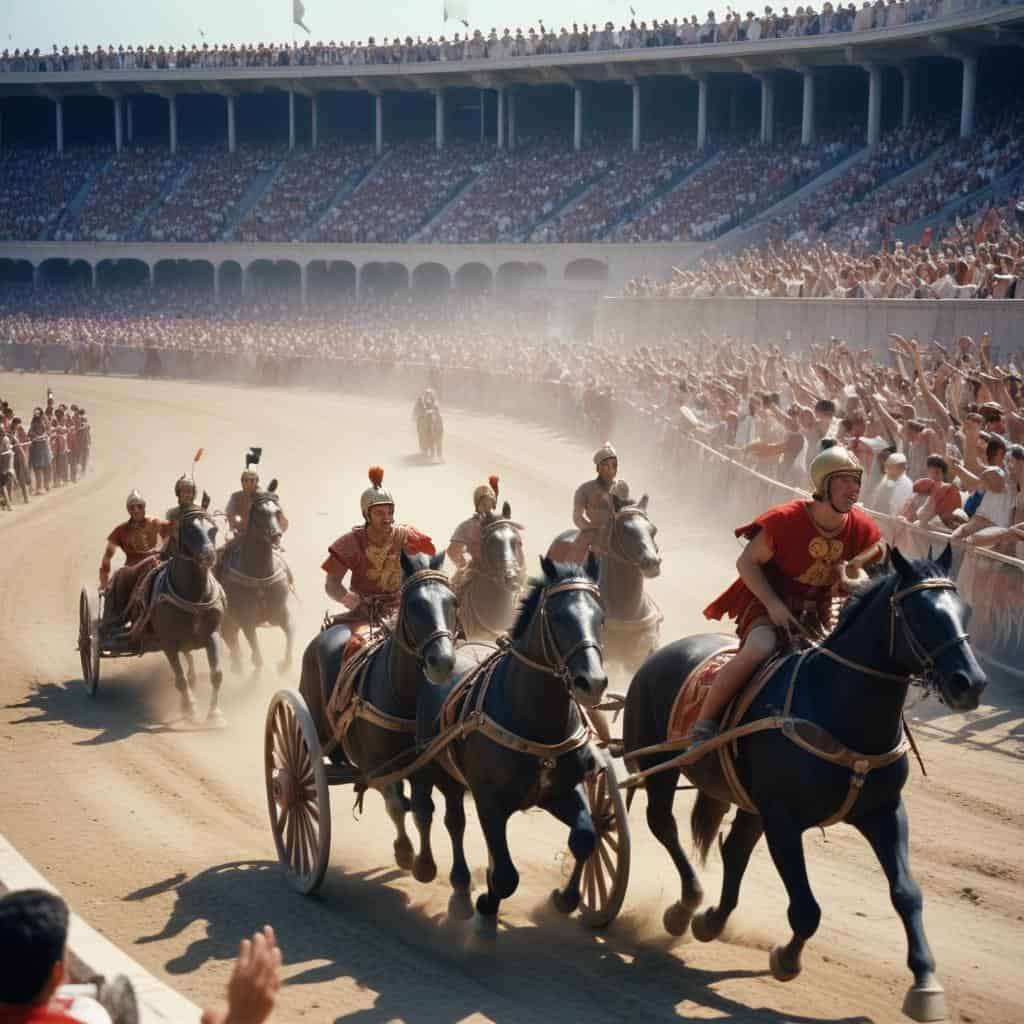Step back in time and explore the daily life of ancient Romans in the 2nd century AD. From bustling city streets to luxurious villas, the Roman Empire was a hub of culture, innovation, and tradition. Join us as we uncover 10 fascinating facts about how Romans lived, worked, and played during this vibrant period of history.
Peek behind the curtain of Roman fashion, cuisine, and leisure activities to uncover the unique customs that shaped daily life in the ancient world. From lavish banquets to public baths, Romans knew how to indulge in the finer things in life. Join us on a journey through time as we delve into the fascinating details of daily life.
Daily Life
1. Food and Dining
In 2nd-century Rome, food played a significant role in daily life. The wealthy enjoyed lavish feasts with exotic ingredients like peacock and flamingo. However, ordinary people mostly ate bread, olives, and porridge. Meals were often served in a communal setting, with people reclining on couches while dining.
2. Clothing and Fashion
Fashion was important in ancient Rome, with men and women wearing tunics and togas. The wealthy often wore silk and linen clothing adorned with jewels, while the poor wore simpler wool garments. Women’s hairstyles were elaborate, with intricate braids and curls popular.
3. Entertainment
Entertainment was a big part of daily life in Rome at this time. The wealthy attended gladiator fights and chariot races in the Colosseum, while ordinary people enjoyed watching street performers and theater shows. Board games like dice and knucklebones were also popular pastimes.
4. Education
Education was only for the wealthy in ancient Rome, with boys attending schools to learn reading, writing, and arithmetic. Girls were taught at home by their mothers and learned skills like weaving and cooking. Philosophers like Seneca and Pliny the Younger were popular teachers during this time.
5. Religion
Religion played a significant role in Rome, with the worship of gods and goddesses being an essential aspect of daily life. Temples were built to honor deities like Jupiter, Venus, and Mars, and people would make offerings and sacrifices to gain favor from the gods.
6. Housing
Housing in ancient Rome varied depending on social class. The wealthy lived in grand villas with courtyards and gardens, while the ordinary lived in cramped apartments called insulae. Most homes had a central courtyard called an atrium, where families would gather and socialize.
7. Health and Hygiene
Health and hygiene were important in Rome, with public baths being a popular gathering place for socializing and cleansing. Doctors used a combination of herbal remedies and bloodletting to treat illnesses, while people used communal toilets and sewage systems for sanitation.
8. Transportation
Transportation in ancient Rome was mainly done on foot, with the wealthy using litters or chariots for travel. Roads were well-built and maintained, allowing for the efficient movement of goods and people throughout the empire. The Roman army also used a network of roads for military expeditions.
9. Social Structure
Society in Rome in 100AD was divided into social classes, with the wealthy elite holding power and influence. Slaves made up a significant portion of the population, performing laborious tasks for their owners. Women had limited rights and were expected to manage the household and raise children.
10. Politics and Government
Politics and government were central to daily life in ancient Rome, with the emperor holding absolute power over the empire. Senators and magistrates helped govern the city, while the Roman army maintained order and defended the borders. Public buildings like the Forum were meeting places for political discussions and debates.
Conclusion
Life in 2nd-century Rome was filled with fascinating customs and traditions that may seem strange today. From elaborate banquets to gladiatorial games, the Romans had a unique way of life that shaped today’s world.
This listicle explored 10 fascinating facts about daily life in Rome. These facts shed light on the ancient Romans’ daily routines and activities, allowing us to understand better history and how it has influenced modern society.



